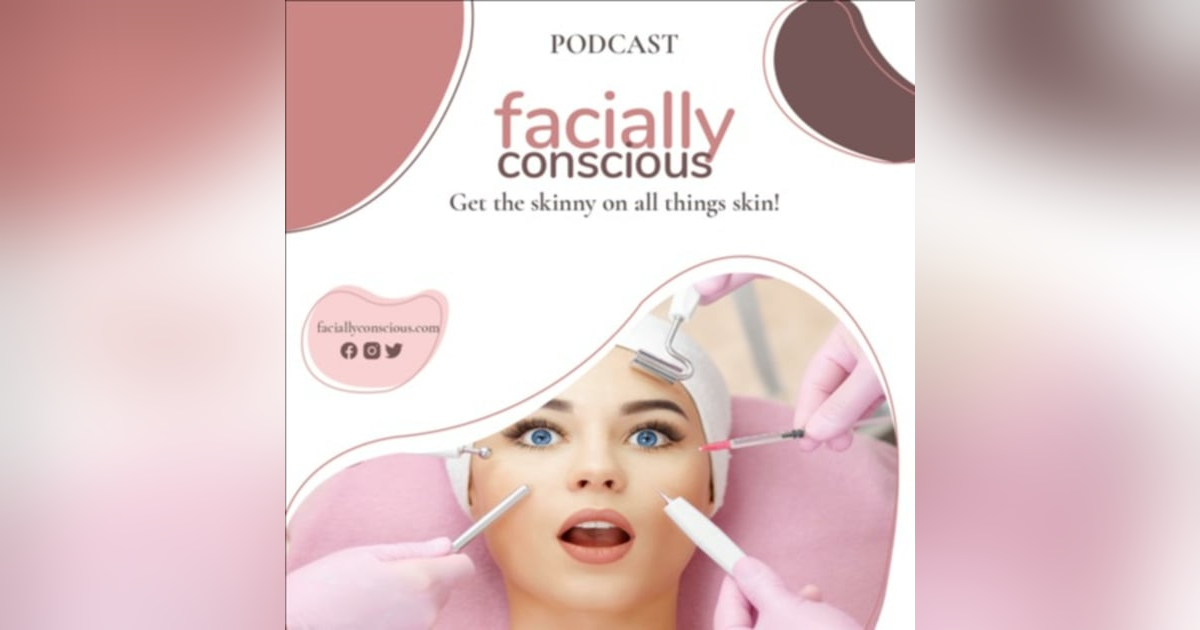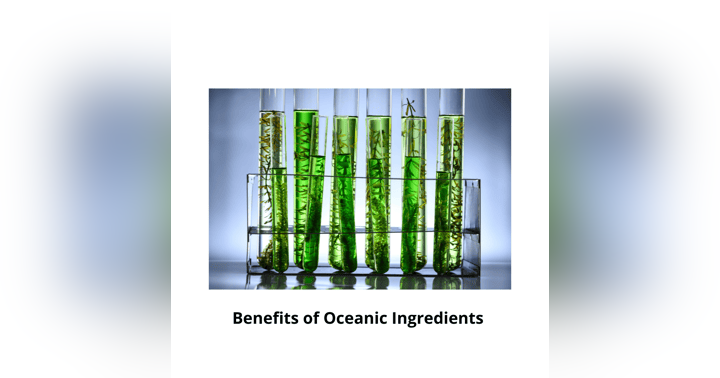Scar Management with Dr. Brandyn Dunn

In this fantastic episode of Facially Conscious, Scar Management with Dr. Brandyn Dunn we welcomed Dr. Brandyn Dunn, a highly skilled facial plastic and reconstructive surgeon from Newport Beach, California. Dr. Dunn specializes in scar management, particularly in skin cancer reconstruction cases, and he provided incredible insights into the nuances of scar healing and prevention. As an esthetician passionate about skin health, I found his knowledge invaluable. Here’s a breakdown of the episode and some practical scar management tips to keep your skin looking its best.
Understanding Scars: What They Are and How They Form
Dr. Dunn emphasized that scars are a natural part of the skin's healing process after trauma. A scar can form from something as minor as a pimple to more complex injuries or surgical procedures. He reminded us that scarring varies based on factors like genetics, skin type, and even the location of the injury. Certain areas, such as the chest, are notoriously difficult to heal and often prone to forming thicker, more visible scars. One of the key takeaways is that every scar is unique, requiring tailored care to promote the best healing outcome.
The Journey of Healing: Key Stages in Scar Management
Dr. Dunn provided a comprehensive look at the stages of scar formation and healing. He described how scars initially develop with type III collagen, which is disorganized and can feel like a hard nodule. Over several weeks, this collagen transitions into type I collagen, a more structured form, resulting in a smoother scar. This transformation can take months or even up to a year, underscoring the need for patience when managing scars. Dr. Dunn encouraged a proactive approach, especially during the early stages when proper care can significantly minimize scar appearance.
Tips for Early Scar Care
The first two weeks post-injury are critical in scar management. Dr. Dunn’s primary recommendation is to keep the wound moist with products like Aquaphor or Vaseline, which helps to reduce inflammation and create an ideal healing environment. Contrary to popular belief, he advises against antibiotic ointments unless there’s clear evidence of infection. Moisture is the goal during these early weeks, as it allows the skin to regenerate with minimal interruption.
Once the wound closes, Dr. Dunn advises transitioning to silicone-based products. Silicone gels and sheets are scientifically proven to reduce the appearance of scars by maintaining moisture and applying gentle pressure to the skin. He suggests using silicone gel during the day and silicone sheeting at night for six to eight weeks. These tools keep the scar hydrated and help flatten raised scars and reduce pigmentation.
Scar Massage: A Gentle Approach to Improving Texture
Dr. Dunn introduced an interesting technique called “crushing massage,” which is particularly useful once the scar has fully healed and closed. Unlike typical massages that rub or move across the skin, crushing massage involves applying steady pressure to the scar tissue, gently pushing it toward the bone or underlying structure. This method helps break down any lumps or bumps, aiding in the natural remodeling process of collagen.
This technique may cause slight discomfort, but Dr. Dunn assures us that this is normal and even beneficial. However, if you experience significant pain, he recommends easing up and trying again the next day.
Distinguishing Between Hypertrophic Scars and Keloids
A critical topic we explored was the difference between hypertrophic scars and keloids. Hypertrophic scars are raised scars that remain within the boundary of the original wound, while keloids extend beyond it and can grow aggressively. Keloids are particularly challenging, often requiring more intensive treatments such as steroid injections, and sometimes even surgical removal followed by radiation therapy to prevent regrowth. Dr. Dunn highlighted the importance of correctly identifying a scar type, as this greatly influences the treatment approach.
Practical At-Home Scar Care Routine
For minor cuts and scrapes, Dr. Dunn shared a simple, effective at-home scar care regimen:
- Immediate Wound Care: Clean the wound with soap and water to remove debris. You may use a small amount of hydrogen peroxide initially to help clear any surface blood or debris but don’t rely on it long-term as it can harm new skin cells.
- Moisturizing Phase: For the first two weeks, apply a thin layer of Vaseline or Aquaphor to keep the wound moist. This minimizes inflammation and promotes smoother healing.
- Silicone Application: Once the wound closes, apply a silicone gel in the morning and cover it with a silicone sheet at night for at least 6 to 8 weeks. This step is crucial for minimizing the scar’s height and reducing pigmentation.
- Sun Protection: As the scar continues to heal, protecting it from the sun is essential. Sun exposure can darken scars, making them more noticeable. Use a high-SPF sunscreen (30 or higher) daily on the scar for up to a year.
- Patience and Regular Monitoring: Scars improve with time, so it’s important to be patient. If the scar appears raised or begins to grow beyond the wound, consult a professional as it could indicate a keloid or hypertrophic scar that requires further intervention.
My Personal Takeaway: Prevention is Key
Reflecting on this episode, it’s clear that proper wound care and early intervention are crucial in minimizing scars. For anyone dealing with scars, whether from surgery, an accident, or even acne, following Dr. Dunn’s advice can make a significant difference. As someone who constantly works with clients to improve their skin, I’m reminded of the power of informed, proactive care in achieving the best outcomes.
Looking Ahead: Advances in Scar Treatment
Dr. Dunn and Dr. Rapaport also discussed the potential for future innovations in scar treatment, such as growth factors that could accelerate healing or reduce scar formation. While these advancements are still in development, it’s exciting to think about how scar care may evolve.
Until then, the tried-and-true method of keeping the scar moisturized, protected, and patiently cared for remains the best approach. Remember, if a scar is causing distress or doesn’t seem to improve, consulting a specialist can offer additional solutions tailored to your skin type and the scar’s specific characteristics.
Final Thoughts
Scar management is a journey, not a quick fix. Through our conversation with Dr. Dunn, we learned the importance of understanding our skin’s healing process and taking simple, consistent steps to support it. For anyone dealing with scars, I hope these tips and insights provide a helpful roadmap to managing scars effectively.
And don’t forget—skin care isn’t just about appearance; it’s about confidence and comfort in your skin. Here’s to embracing our journeys, scars and all, with a little extra knowledge to make them as smooth as possible!









